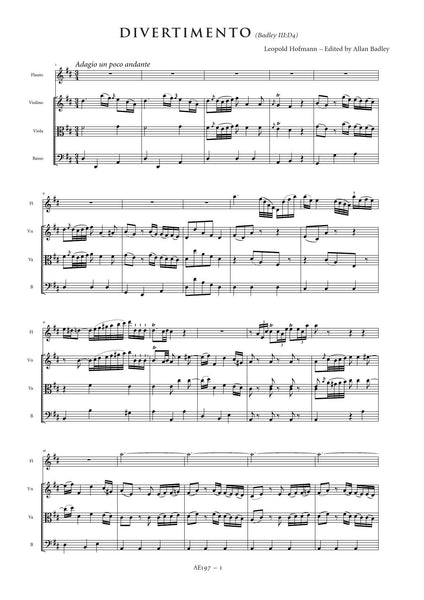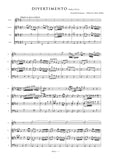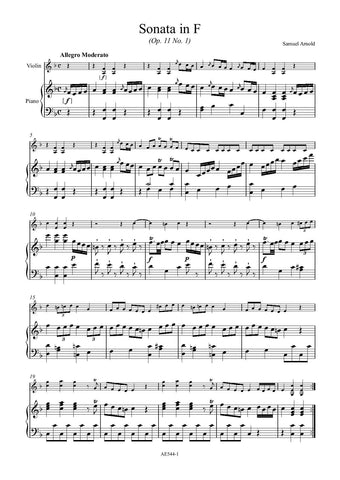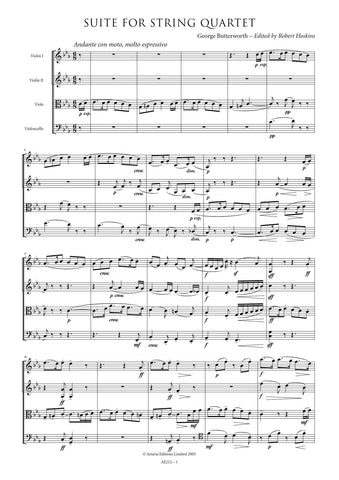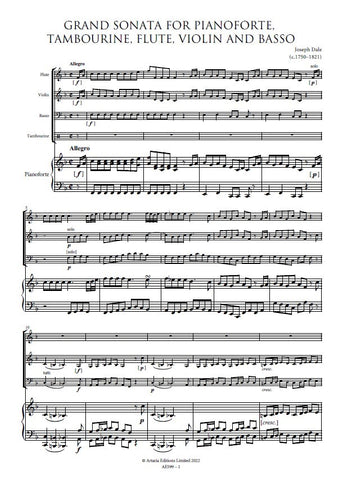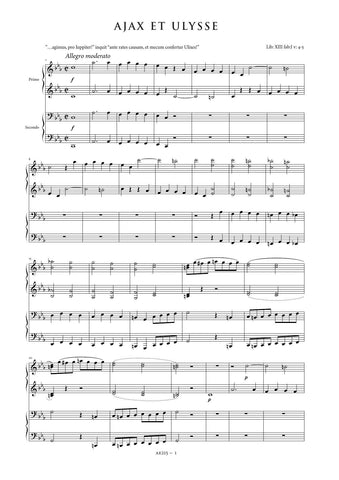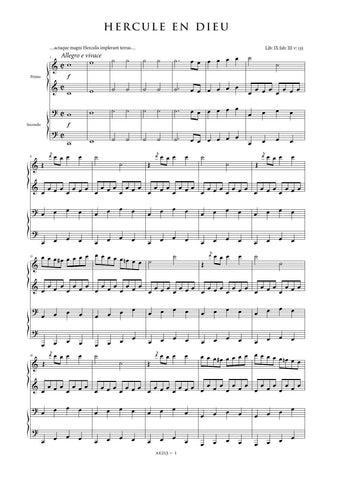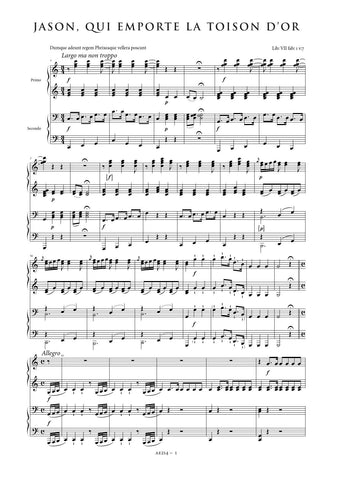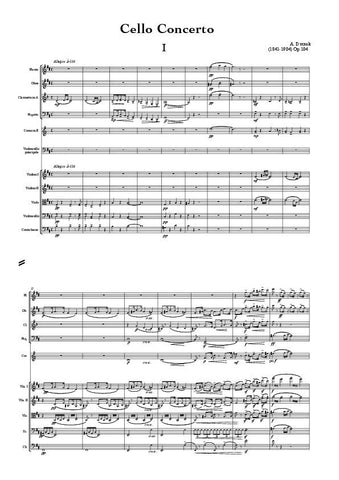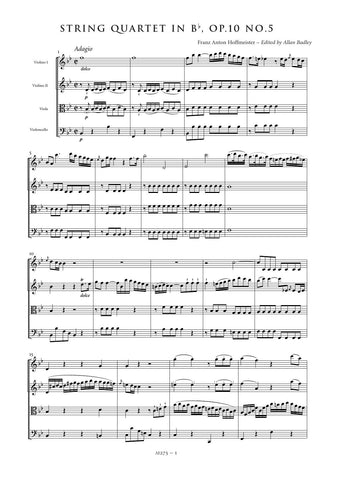Description |
Hofmann, Leopold (1738-1793)
|
||||||||||||||||||
Details |
The present work was advertised by Breitkopf in 1767 (Supplement II) but it was certainly composed in the previous year at the latest as the copy upon which this edition is based carries the performance date '15 Dezemb. 766' on the wrapper. A copy attributed to Joseph Haydn (and catalogued by Hoboken as II D6) is now preserved in the Gesellschaft der Musikfreunde in Wien: 'Divertimento in D / Flauto Traverso unison / Violino Concertato / Viola di Alto Oblig. / con / Basso / Del Sigre Giuseppe Haydn M. Doc LXVS / a / uso di Antonio Schaarschmidt 1767'. This edition is based on a set of MS parts now held in the Austrian National Library under the shelfmark S.m.11946. The wrapper reads: 'No.5 [No.1] / Divertimento / a / Flauto Traverso / Violino / Viola / e / Basso / Del / Sige: Leopoldo Hoffmann'. In the absence of both the autograph score and an authentic set of parts, this edition presents as faithfully as possible the intentions of the composer as transmitted in the source. As is often the case in Hofmann's chamber music there are very few dynamic markings; these are left to the discretion and good taste of the performer. The style and notation of articulation and dynamic markings have been standardised throughout, and, where missing from the source, markings have been reconstructed from parallel passages. These are indicated by the use of dotted slurs or brackets. Like most eighteenth-century sources, the present manuscript is inconsistent at times in its notation of appoggiature ; these too have been standardised to minimise confusion. Obvious wrong notes have been corrected without comment; editorial emendations with no authority from the source are placed within brackets. Allan Badley |
Loading...
Error




